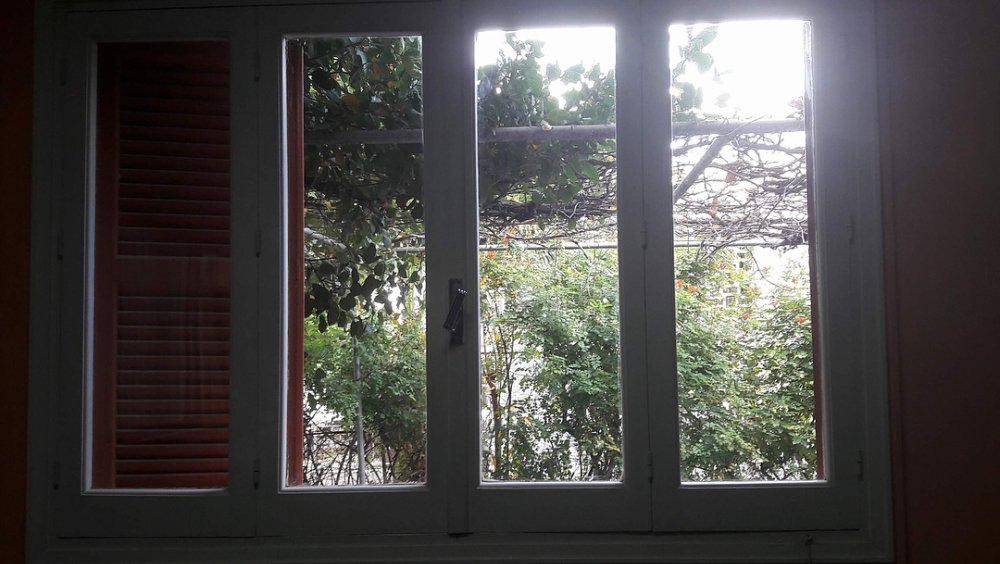Our Cyprus
Overview
It is that time of the year again; spitting out twice-read historical information with unclear meaning from a piece of paper. Yes, that is the definition given by students for the annual celebration of the 28th of October. However, it is not just about that specific celebration is every celebration. Particularly, Elpida and Aris grew very tired of listening to the same cold facts each year. So, they both decided to go on a trip this special day to get to know their home country. In fact, school taught them Maths, Physics and History, but not how to get to know and love their country of origin. At first there was this desperate attempt to implement to all the students the idea of “Never forget”. But, if you do not get to love something, how can you ever “Not forget” it? So, they half never forget because they half remember.
Today, they are determined to wholly understand. Their journey could not have started elsewhere, than the occupied area of Cyprus. It was the first time (which they were at an age of remembering it at least) that they crossed the barricades. Sometimes they thought of them as the borders of Cyprus. Driving past the indifferent examination point their parents continued their route. It was as if this was a complete new land, altered as to how Nicosia, Limassol, Larnaca or Paphos looked like. Still, they felt a strong, possessive attitude towards this “new land”.
They have heard a lot of times the phrase that Cyprus is a crossing of civilisations, but it is far more different to have it before your eyes than just listen to it. The castle of Saint Hilarion in Kyrenia is not just a fort, but one of the many proves how Cyprus was and is subject to the influence of various civilisations. “It was built by the Byzantines but brought to its current form by the Francs during the 13th century”, reads Aris on a pamphlet. History and legends roared with the wind whispering to the children’s ears. Among the dazzling route full of nature’s elements, appears the Bellapais Abbey witnessing that Cyprus was subject to French conquest. It is not randomly called “Bellapais”, meaning beautiful peace; the abbey is truly a miracle to look at. Aris in awe reads out how this single abbey is the only sign of gothic architecture in the East. “How peculiar it is to have such a rich culture in your country, but never appreciating it to the degree it deserves. These are the kind of information that should be presented during national celebrations.”
As the two families head back to the southern part of Cyprus, they encounter a Turkish Cypriot friend of theirs. They sit for some time under the shade of some sycamore trees, refreshing themselves with some lemonade. “It really hurts me looking at refugees cross borders for a cheap package of cigarettes, shopping or prostitutes. Then, the proud castle of Saint Hilarion bows a little and the Bellapais Abbey is not beautiful anymore. You know I am afraid of the fanatic supporters of a team, a political party’s puppets and hapless soldiers. These people do not represent Cyprus. They are not adequate enough to be called the next generation of a country filled with cultural touches from all over Europe. However, as long as cyclamens grow in every strip of land and Pentadaktylos waits silently and proudly, then I do not lose hope. I see people like you, interested in their country –real interest though- and I think that maybe things can change.”
With a troubled mind and a heavy consciousness they reach Nicosia. The inner ring of Nicosia is protected through the impenetrable walls of Nicosia built by the Venetians during harsh times, when the Turks showed an interest in Cyprus. The walls remain there until today with their three gates: the gate of Paphos, Kyrenia and Famagusta to remind the people of the glorious times of the Venetian presence in Cyprus. Their journey ends with the viewing of the Ömeriye Mosque in Nicosia, an Islamic Mosque, corroborating the presence of Turks on the island. Aris was impressed by the charming architecture of the mosque and the two tall proud minarets. “We have to go home now Elpida, but I feel emptily complete. On one hand, I got to know my country better, yet I feel that there is so much more to discover in Larnaca, the Limassol and Paphos. Cyprus truly is characterised by the weaving of heritages.”
Elpida enters her home with one thought fixed into her mind. “It is so interesting and captivating how Cyprus is defined by the mixture of so many civilisations, cultures, customs. If everything looked so similar, ordered and even, Cyprus would be an unborn land. What makes Cyprus so special is its ability to support for thousands of years the existence of different people and shelter them in a single land, allowing them to exhibit their culture and leave their own contribution to heritage wherever they can. European heritage blends and mingles into its different forms and is present so preciously impure in the land of Cyprus. It as if Cyprus is a microcosm of Europe, sharing with European nations, elements that describe them, their culture, creating a deep bond between them.”
“I love our Cyprus!”, echoes majestically in Elpida and Aris’ minds.
